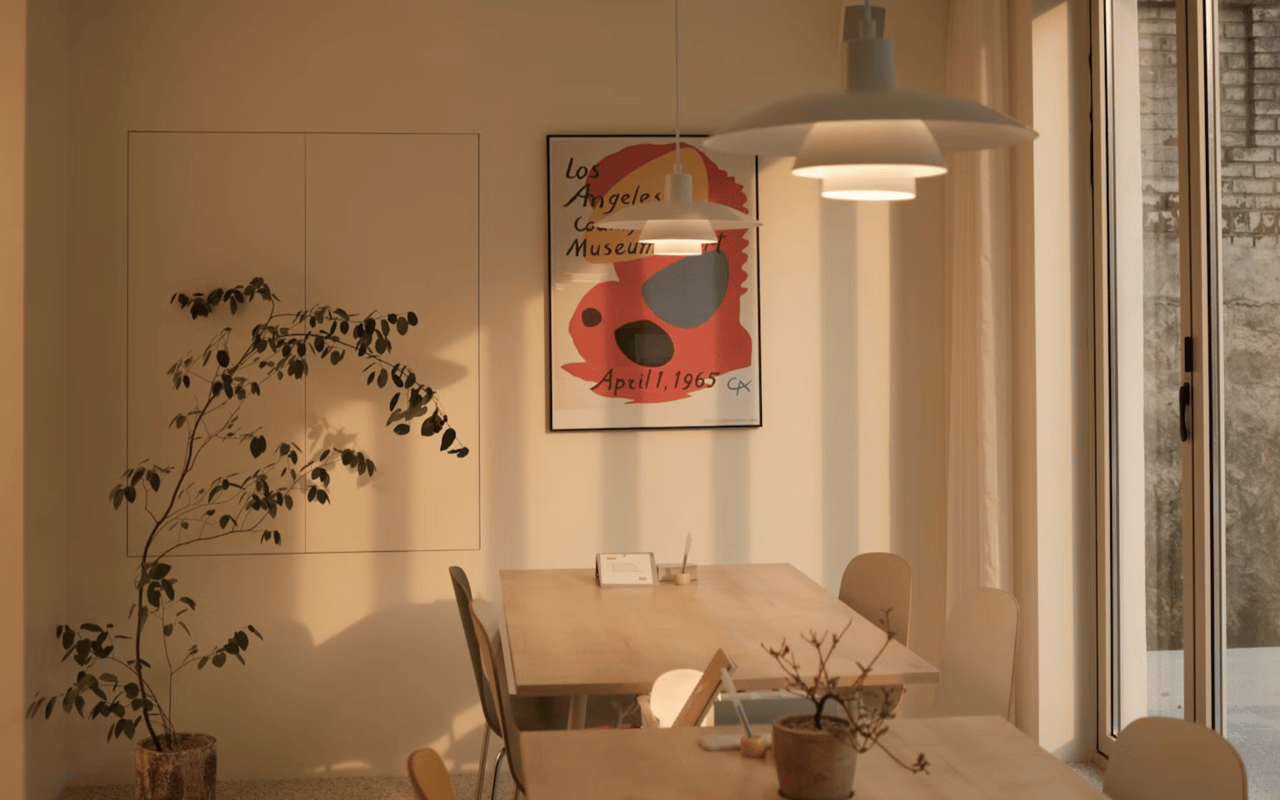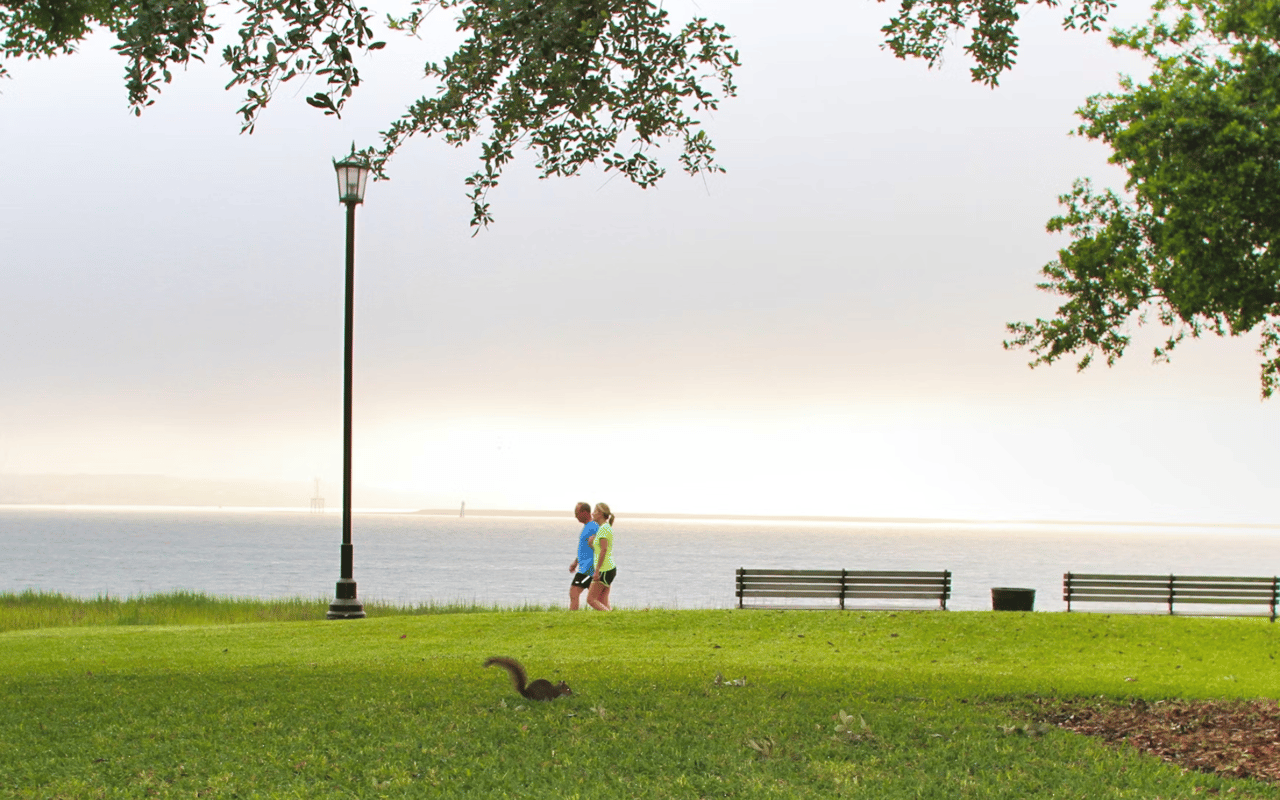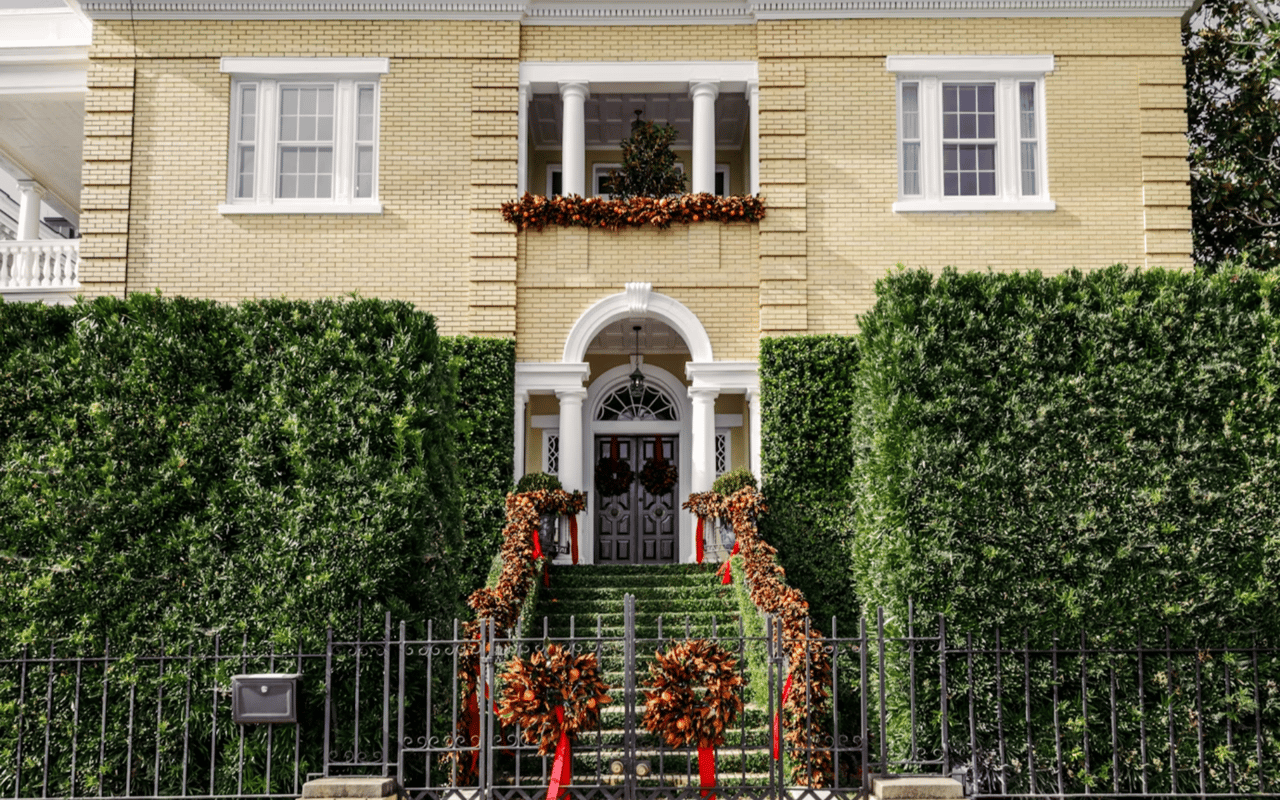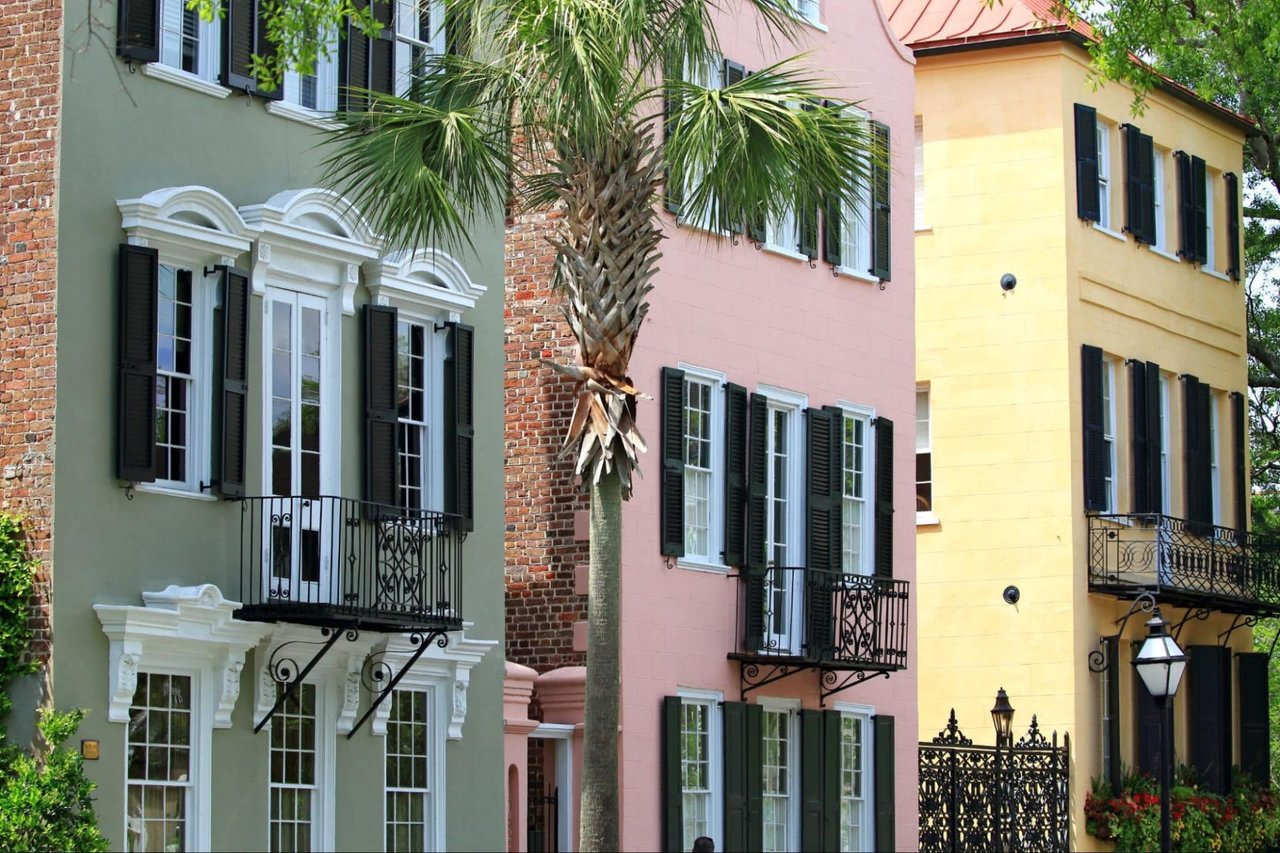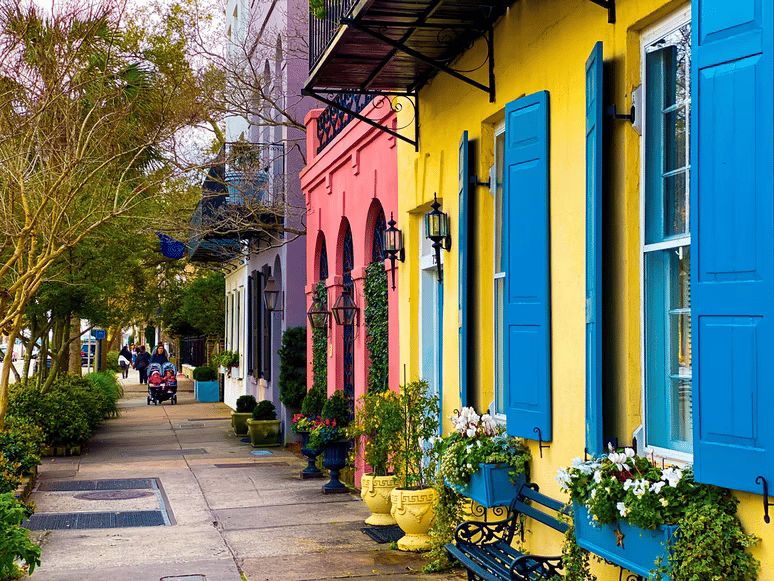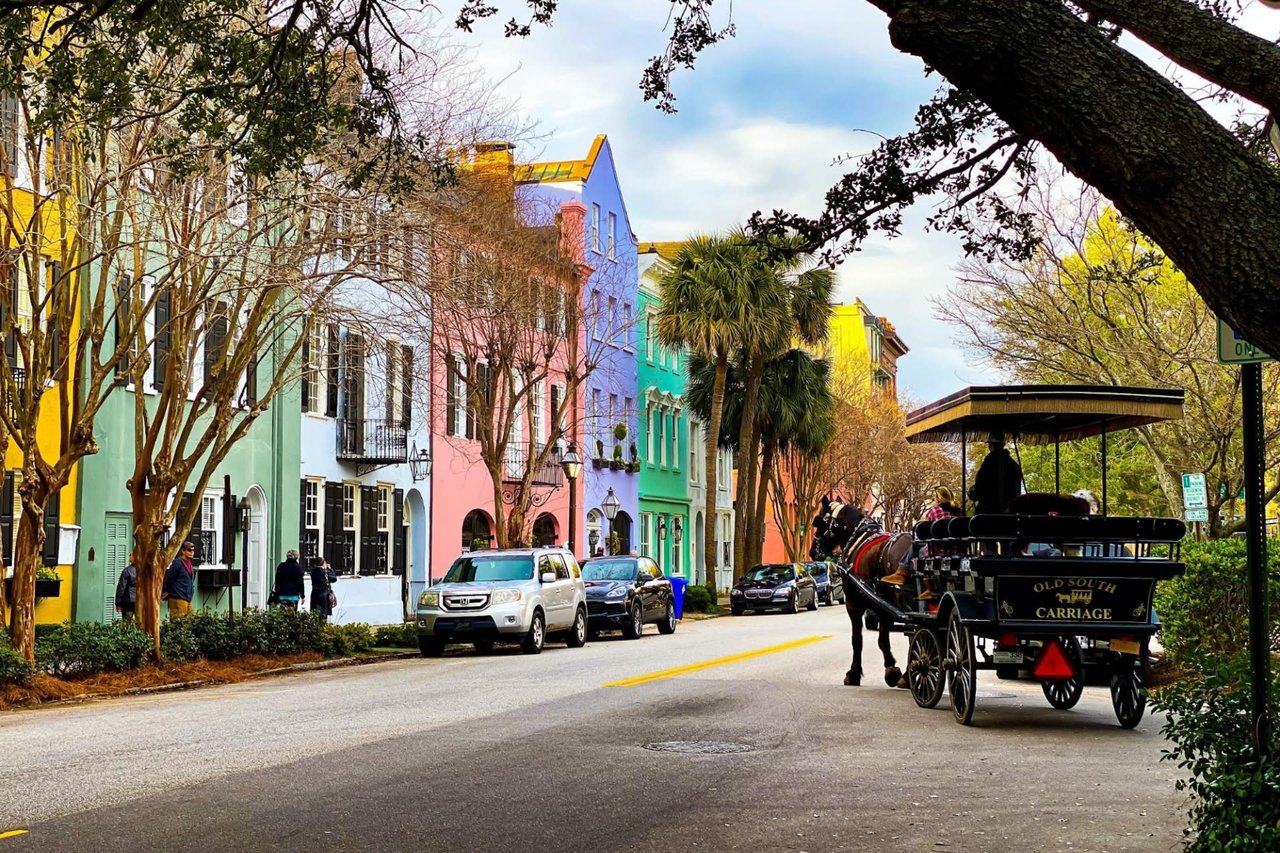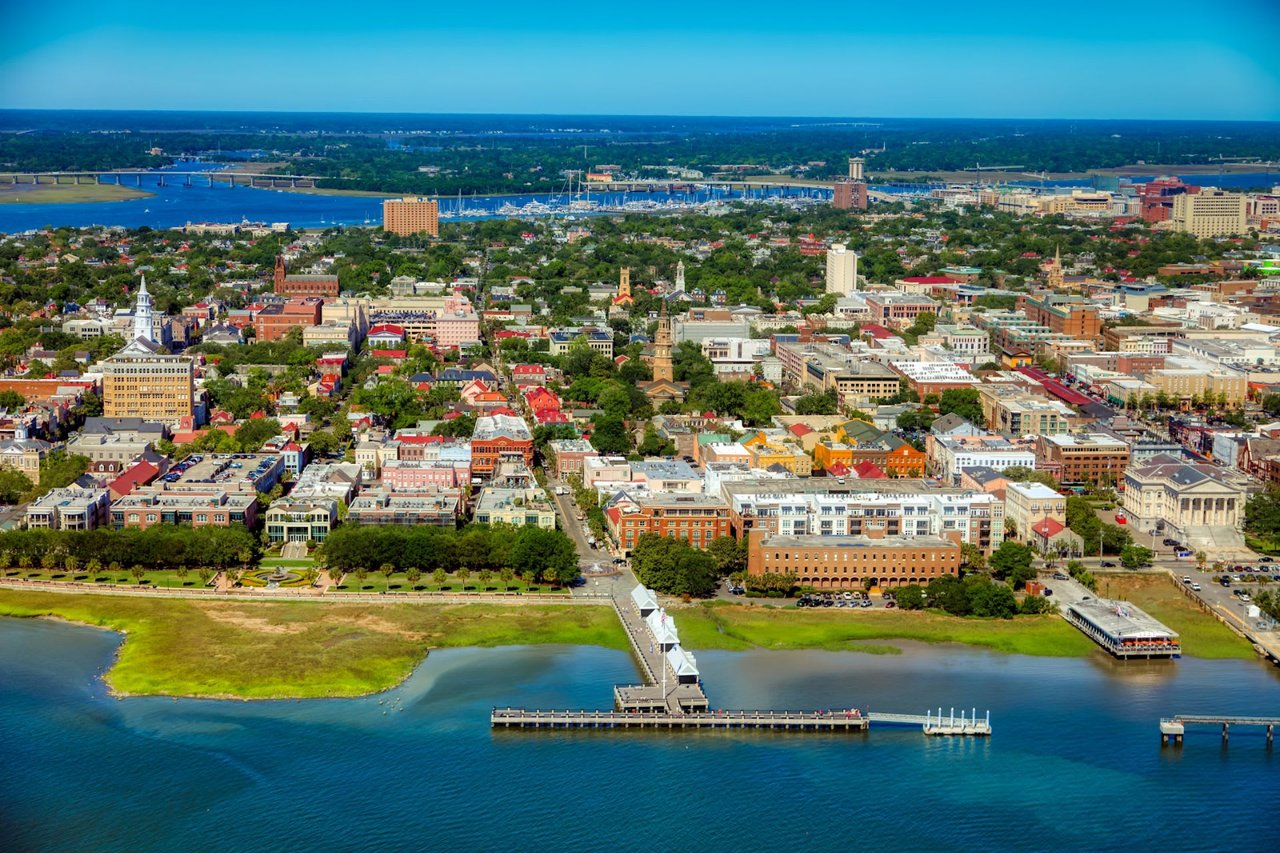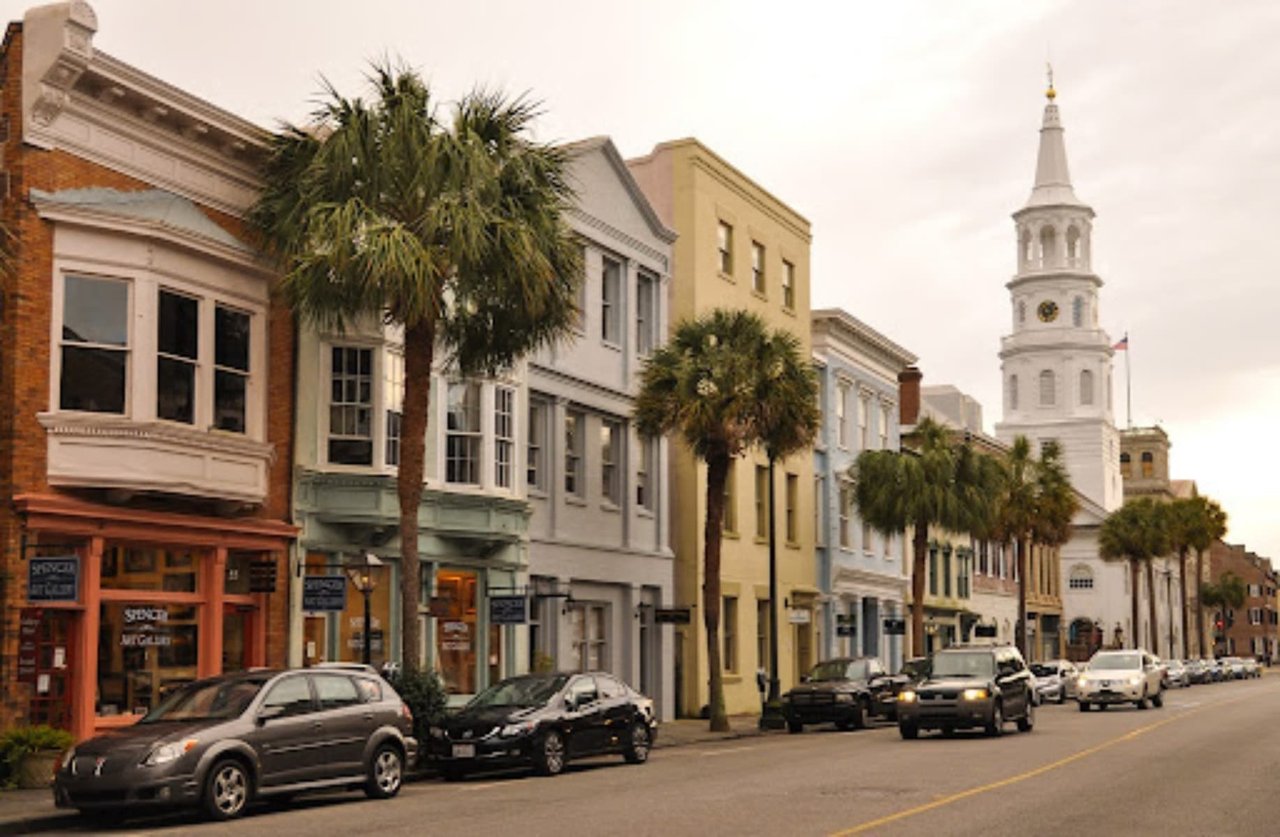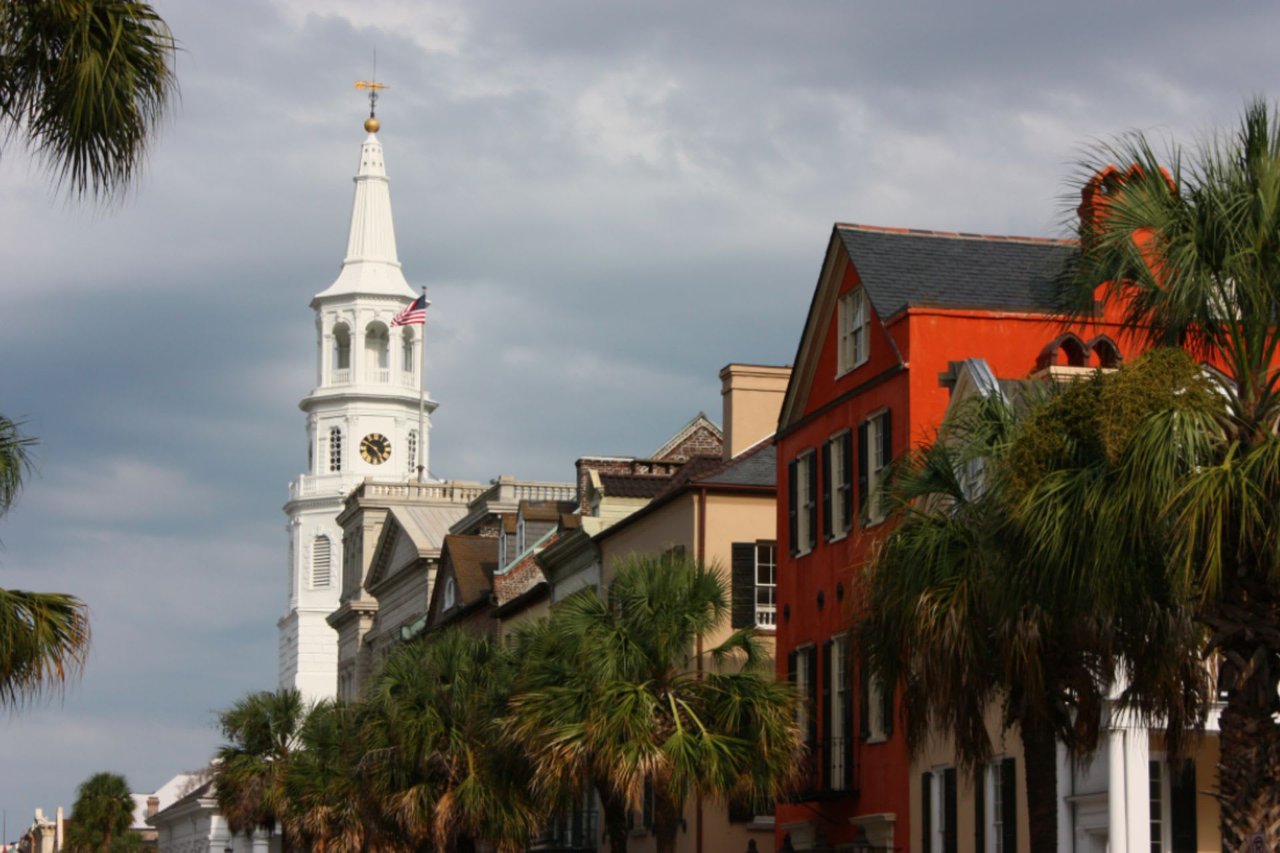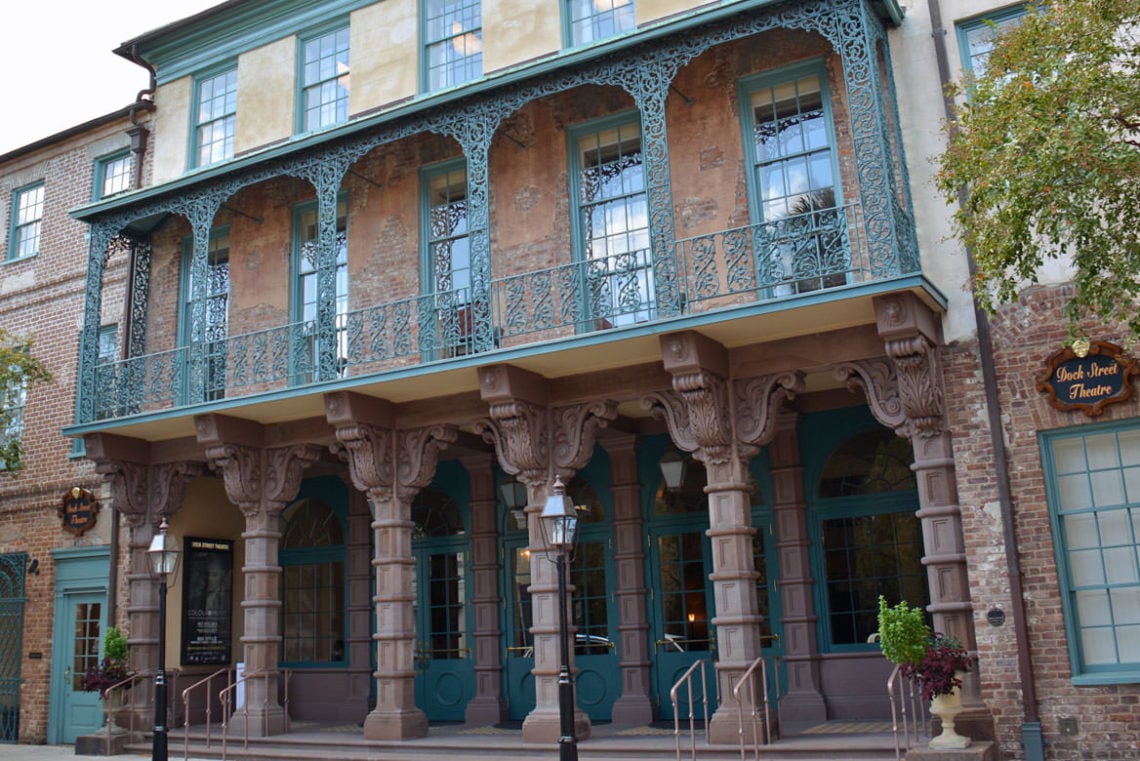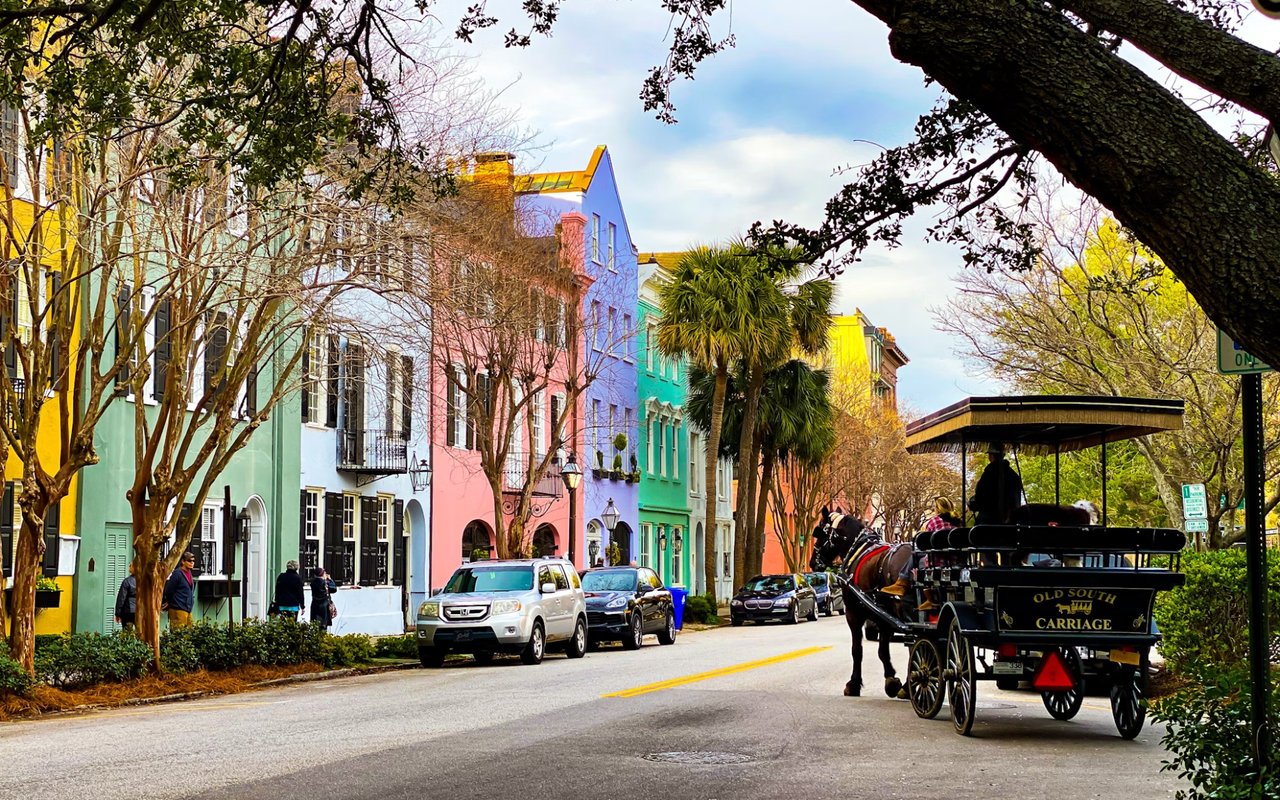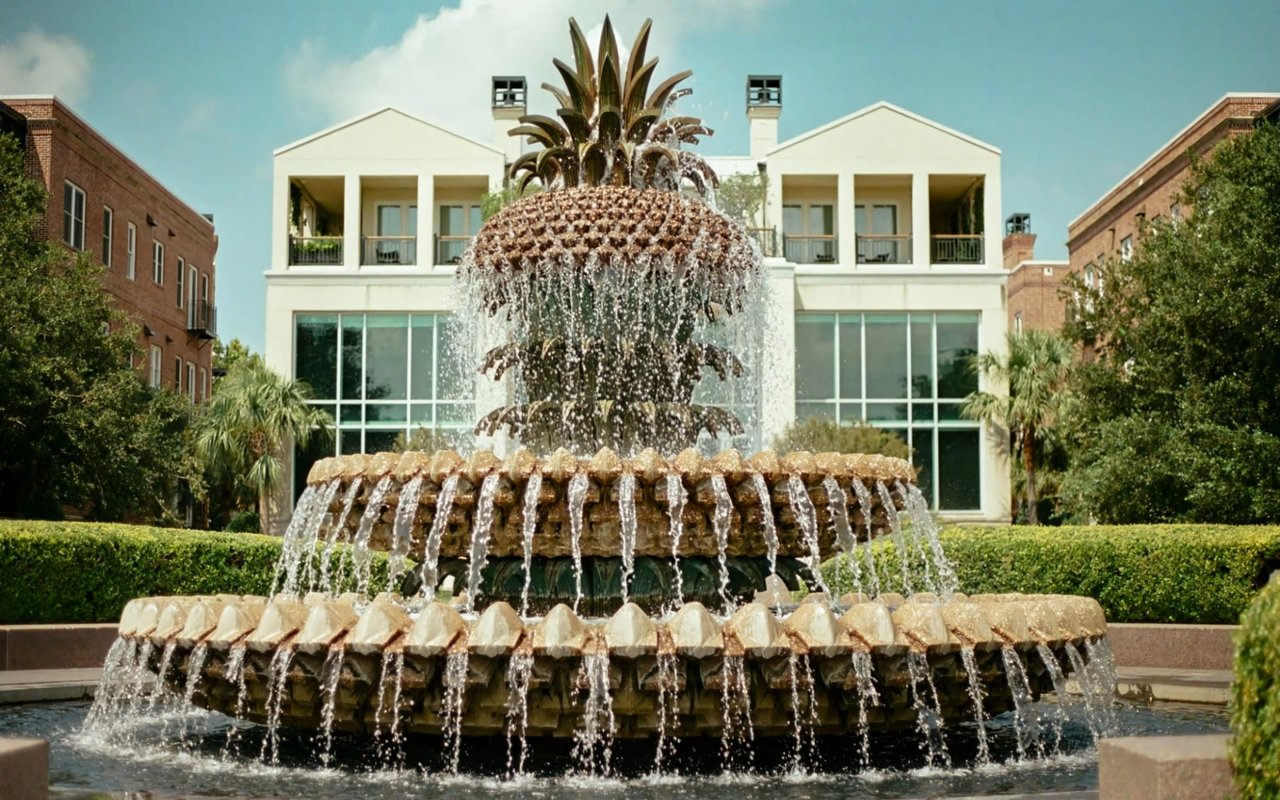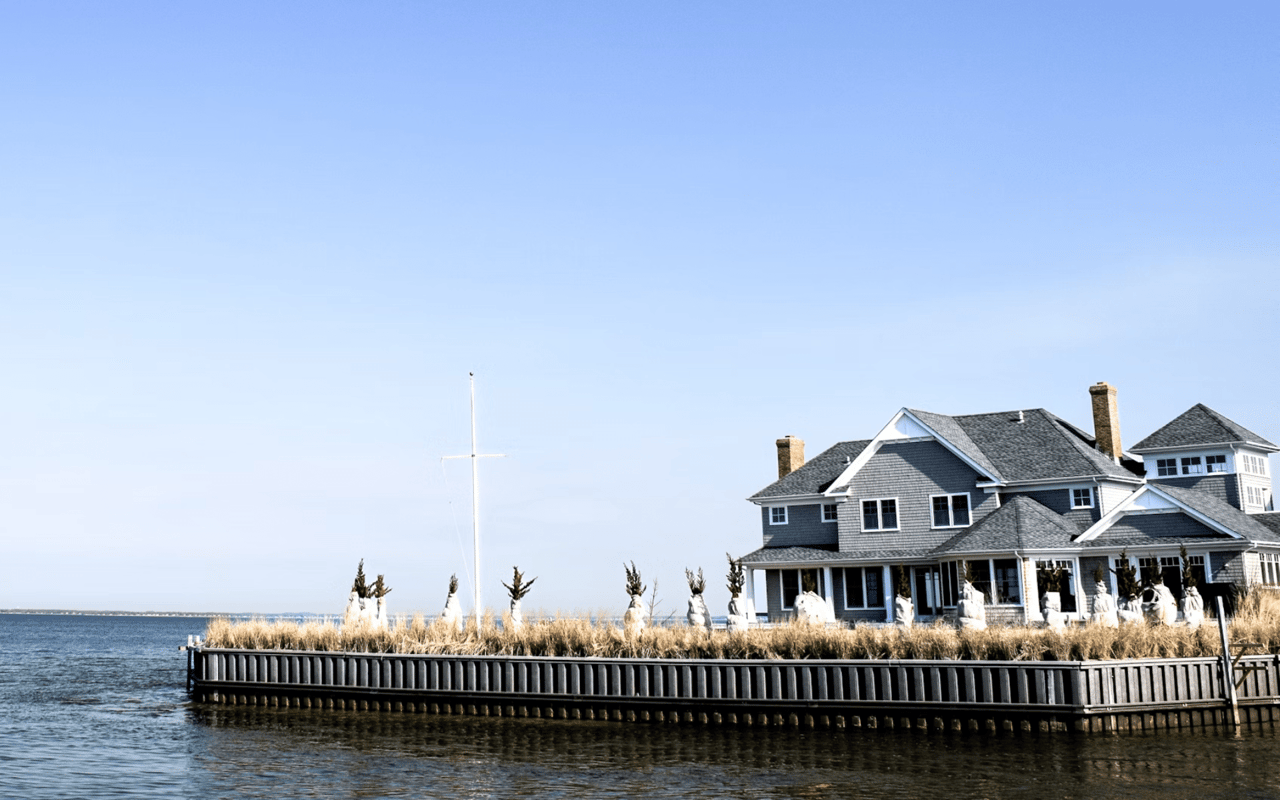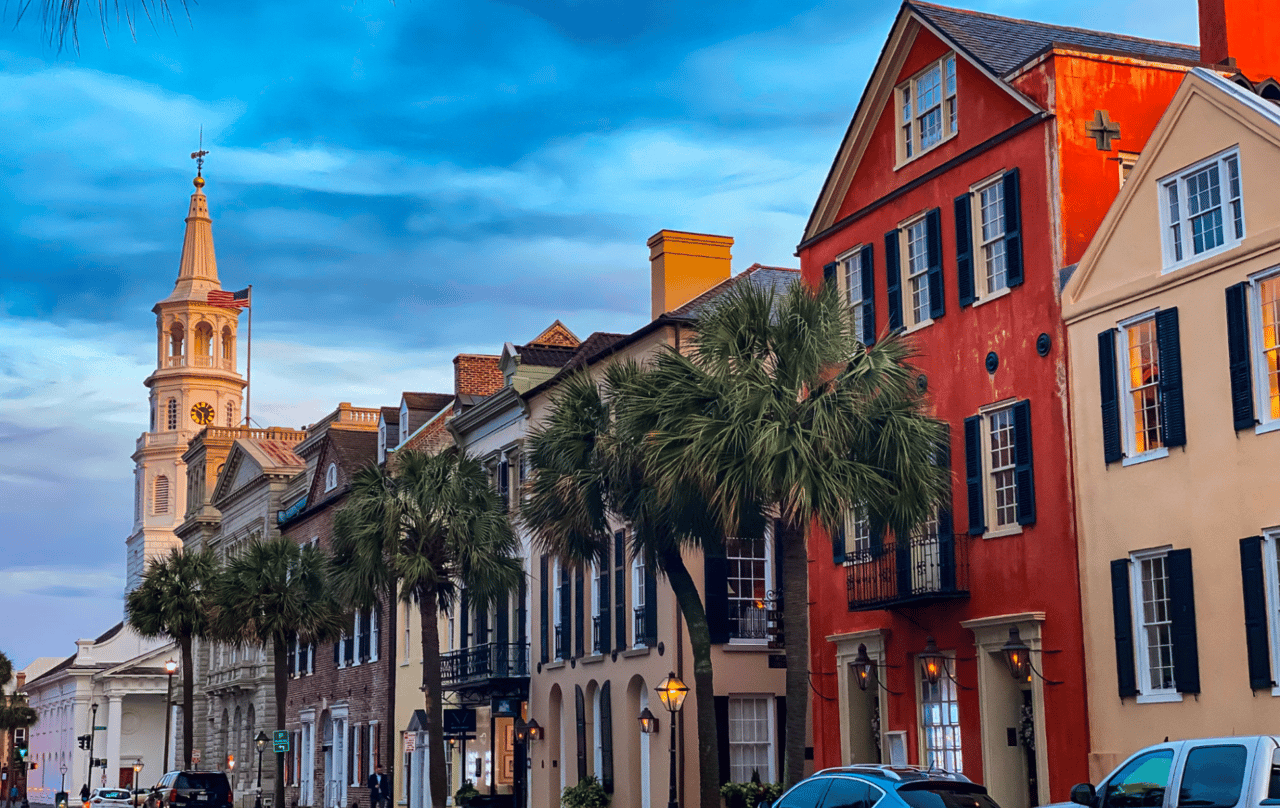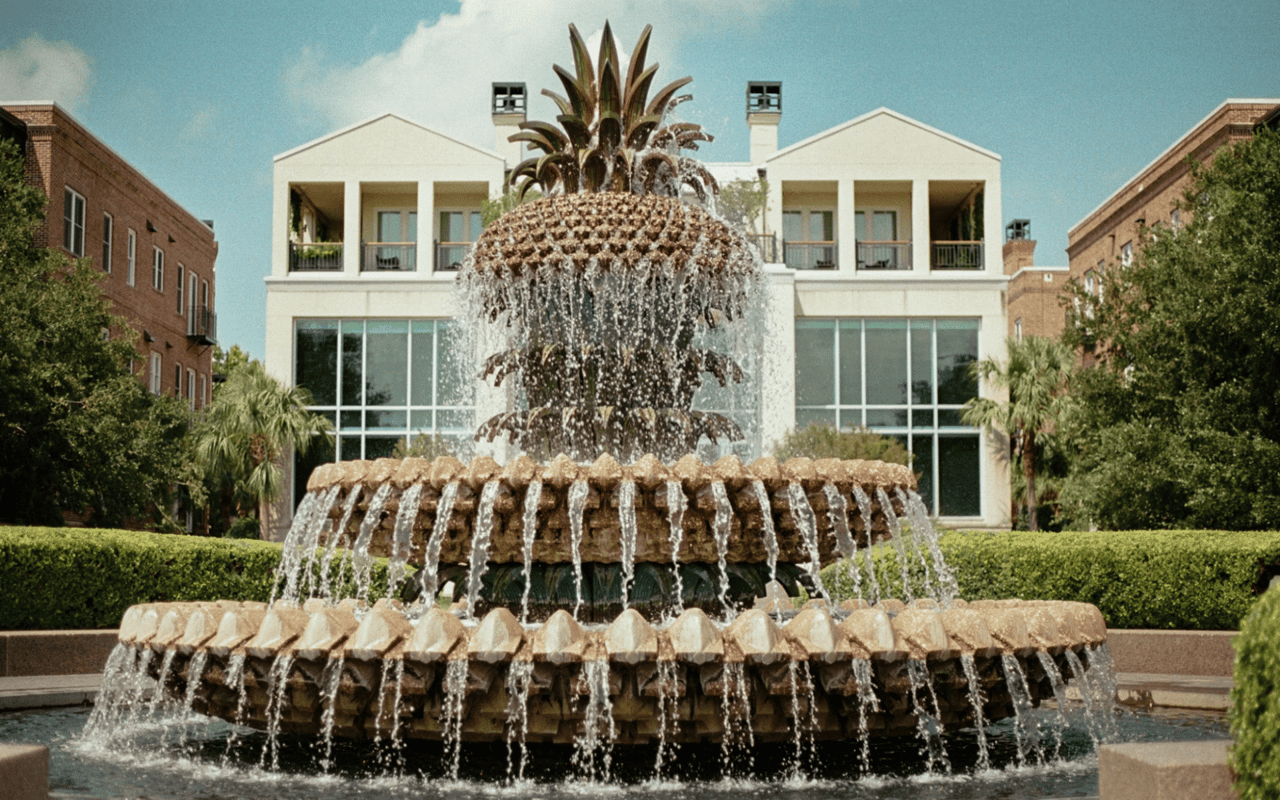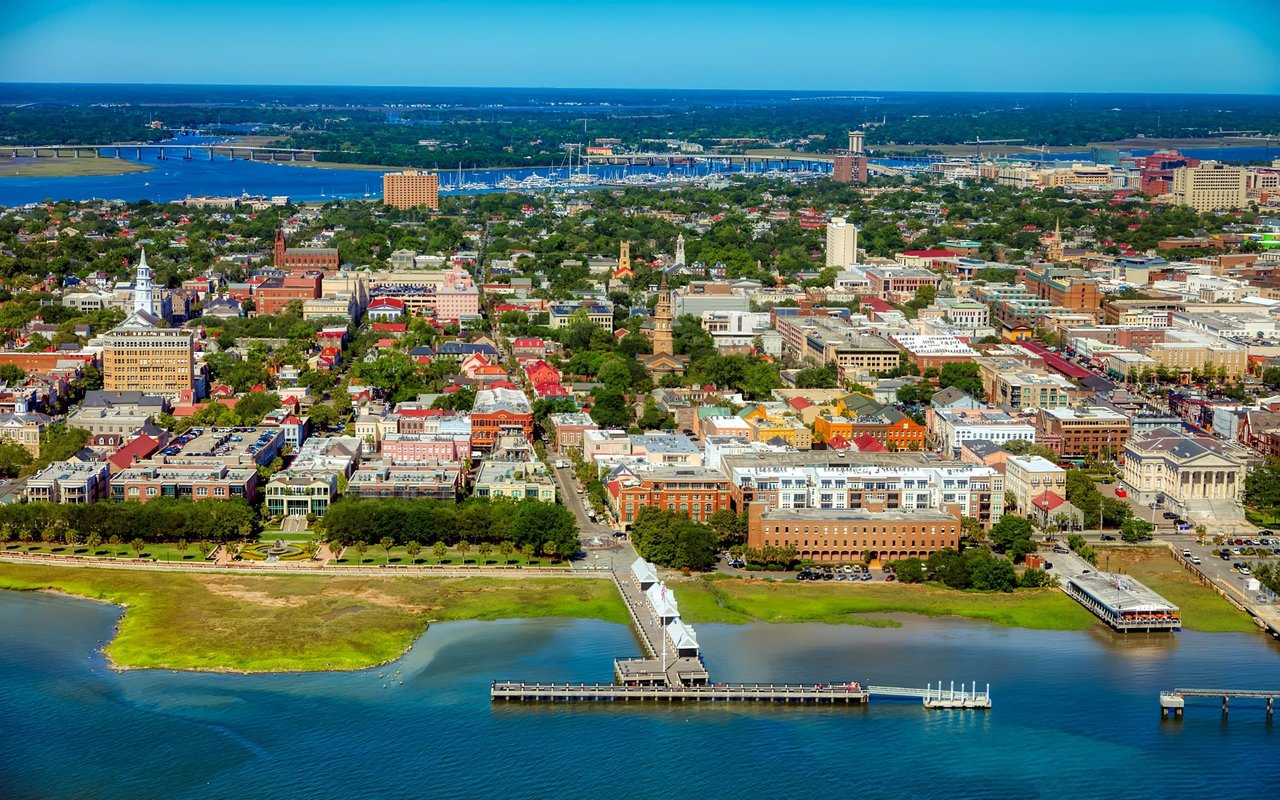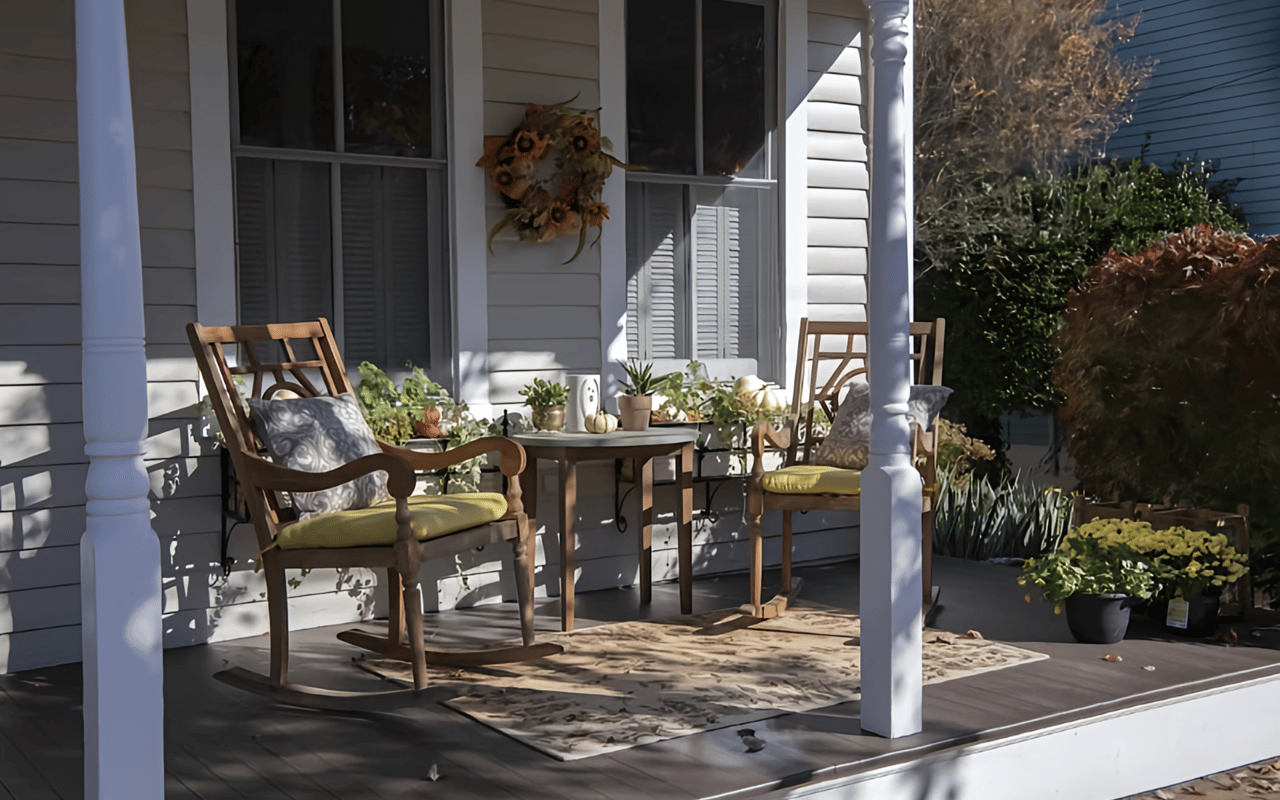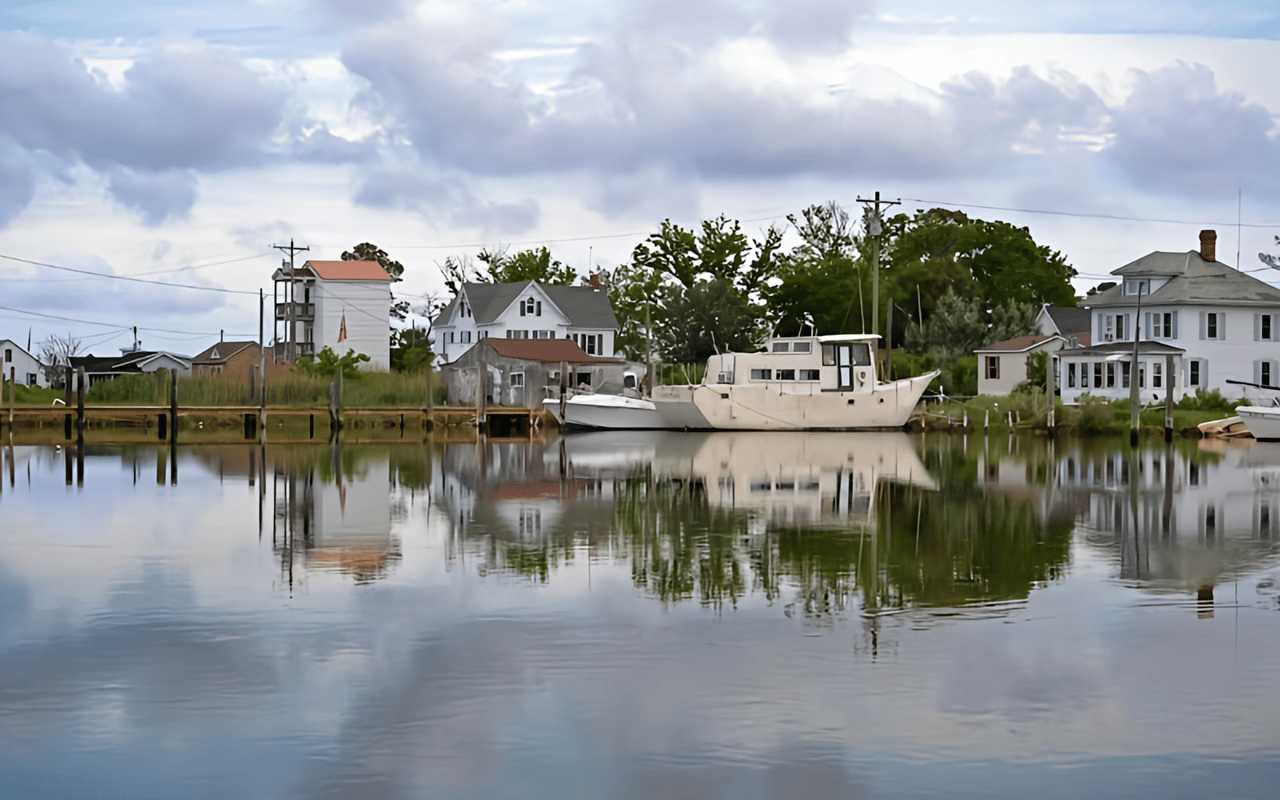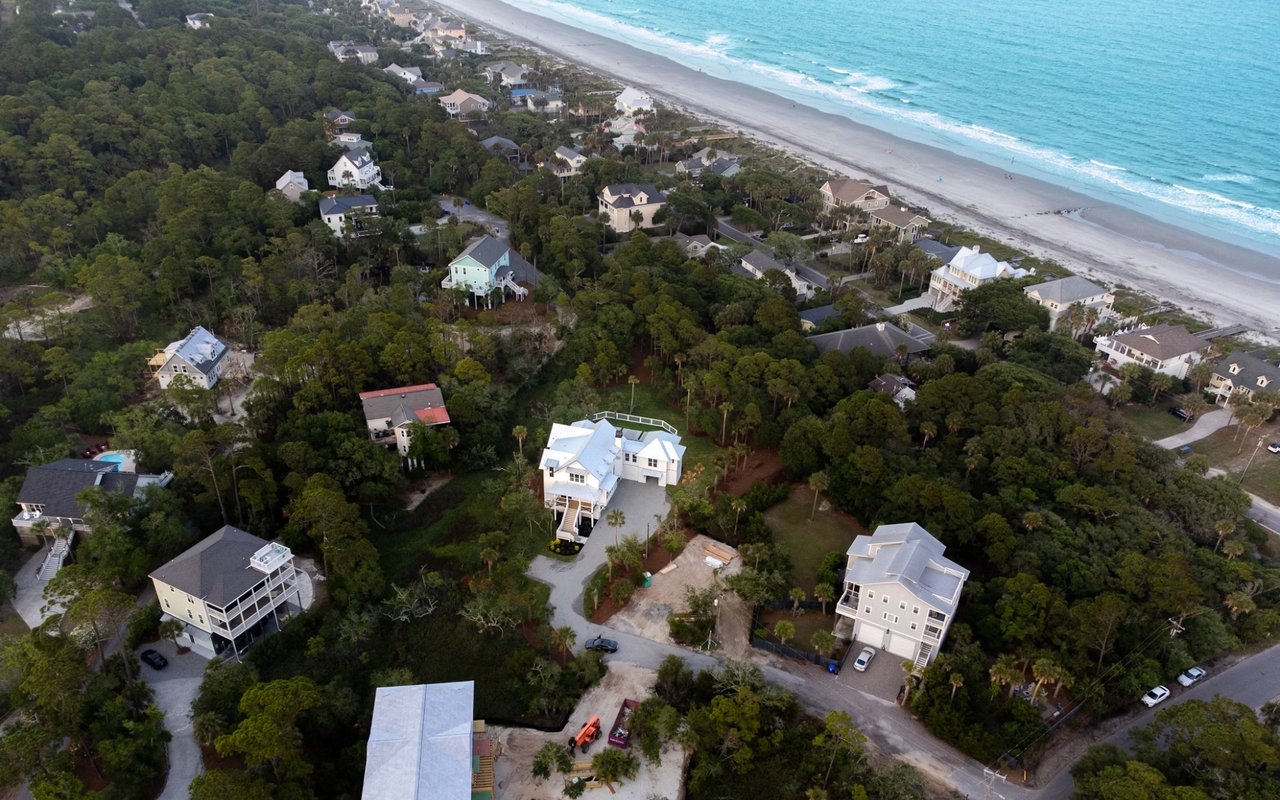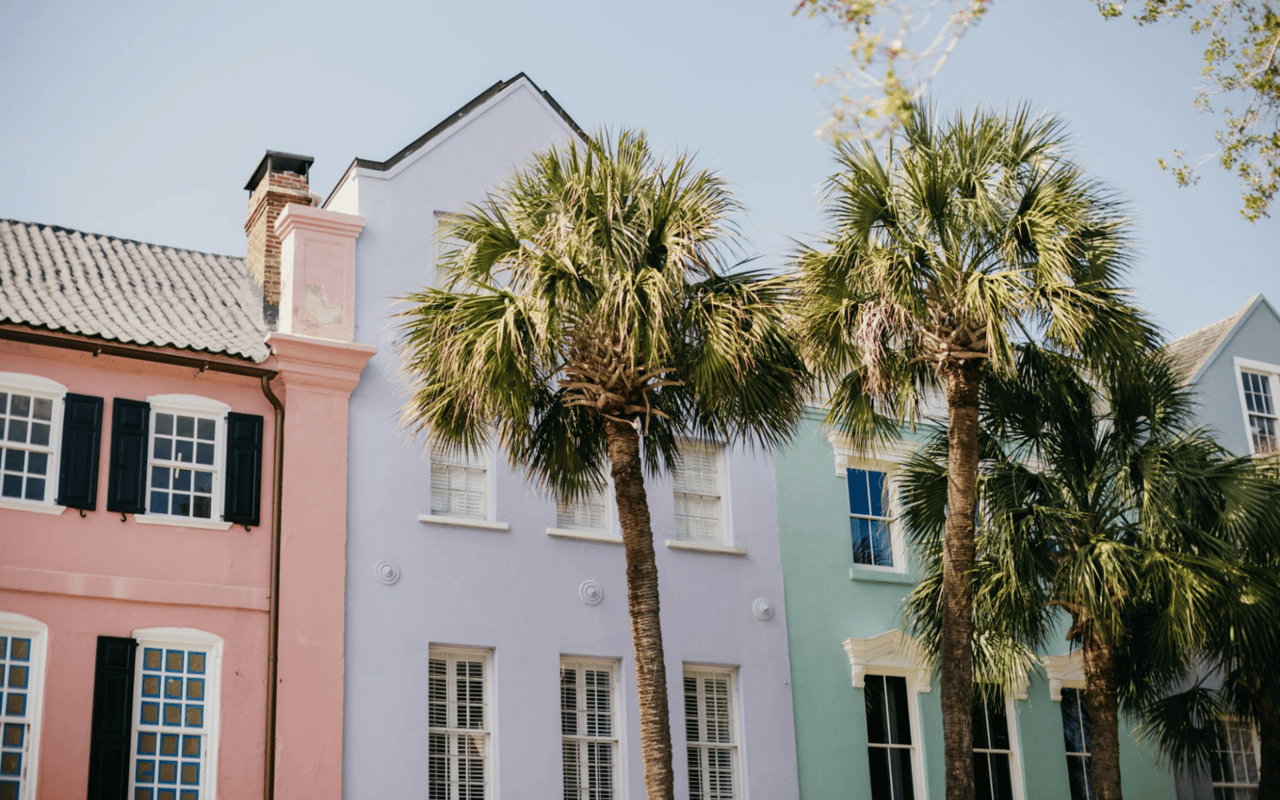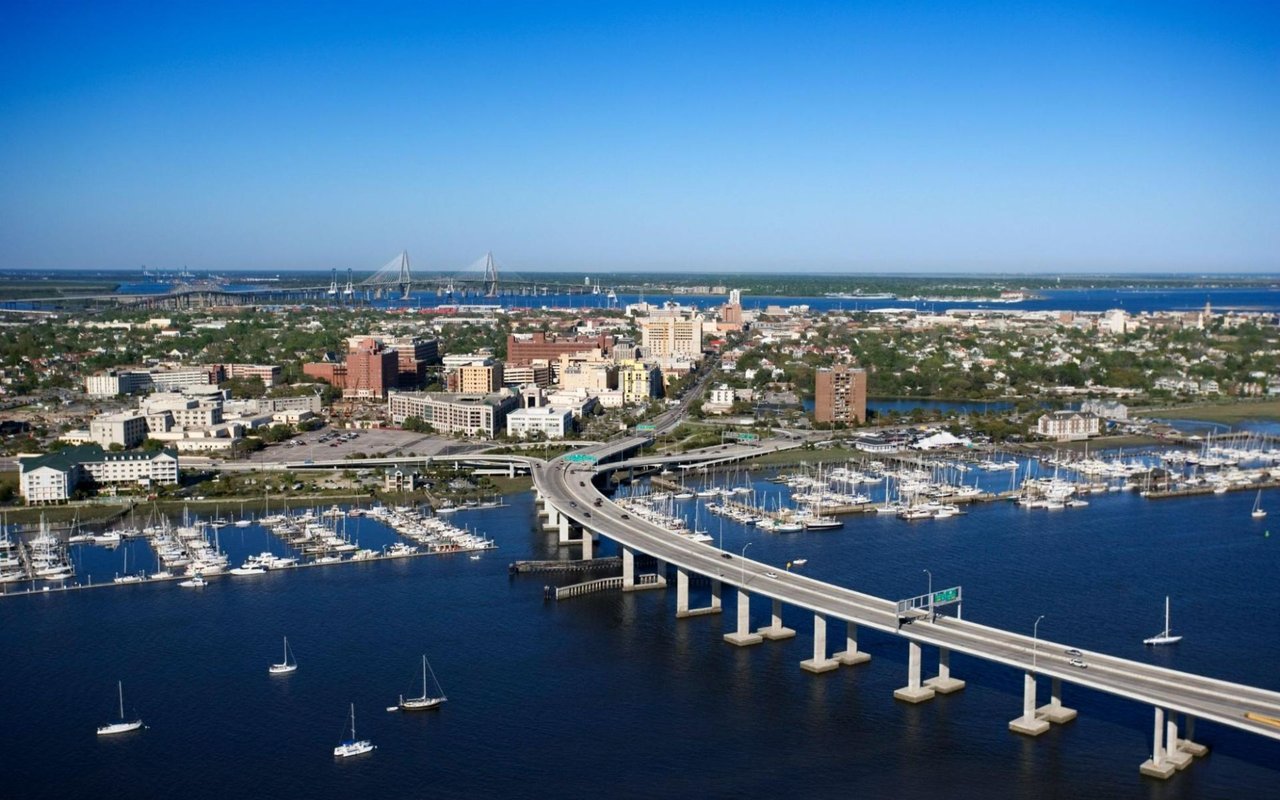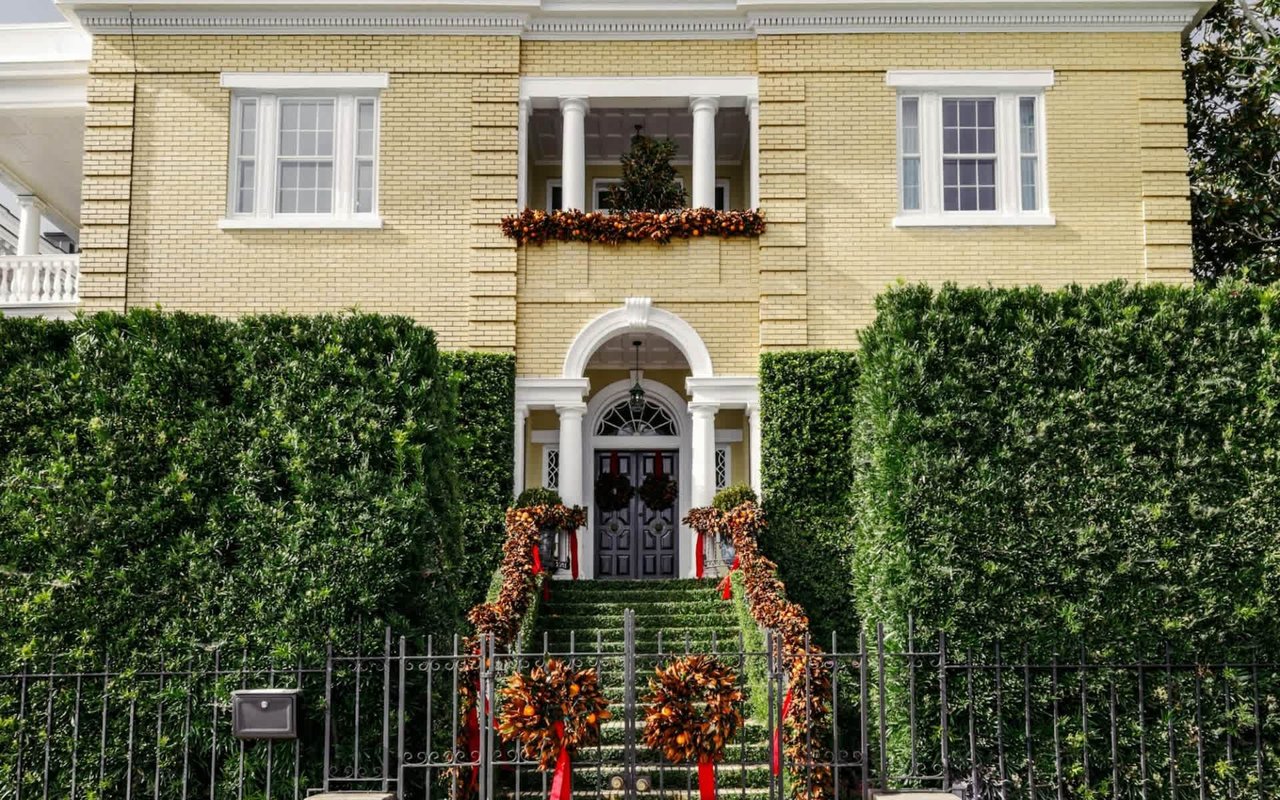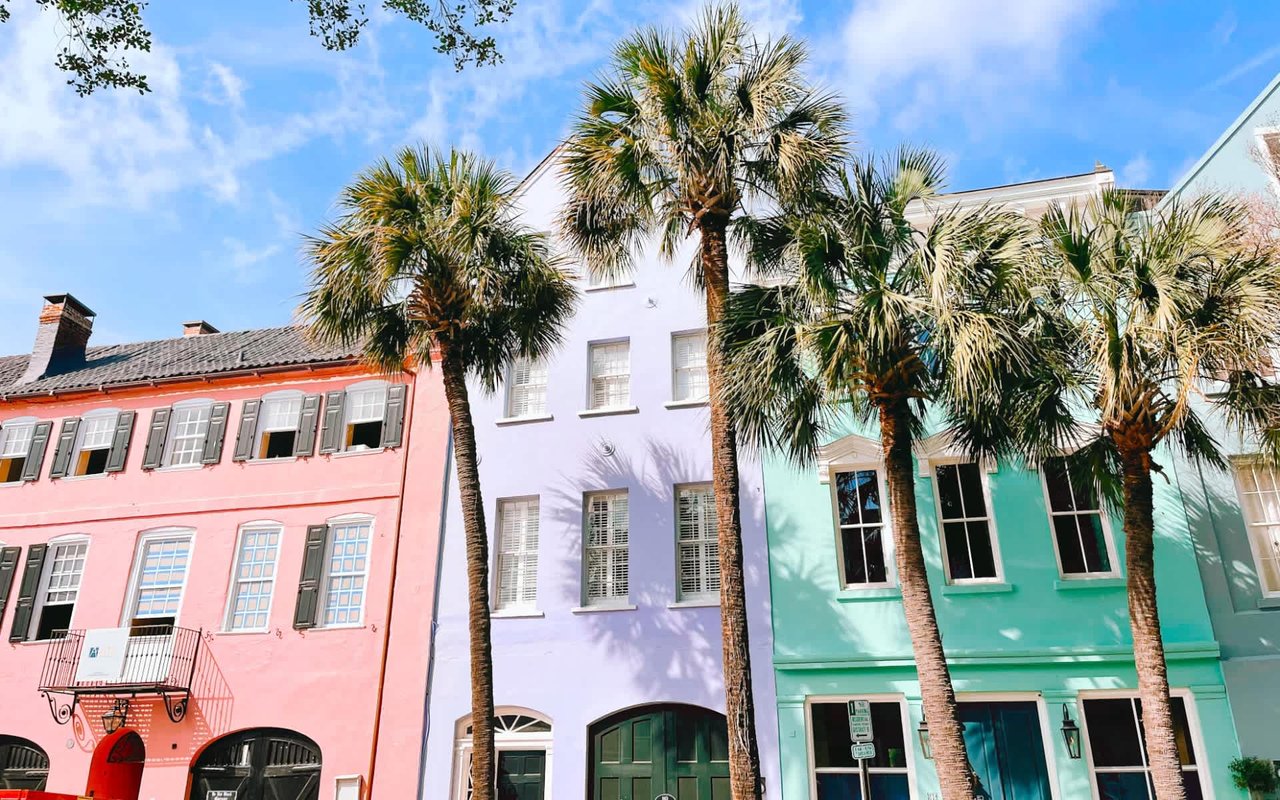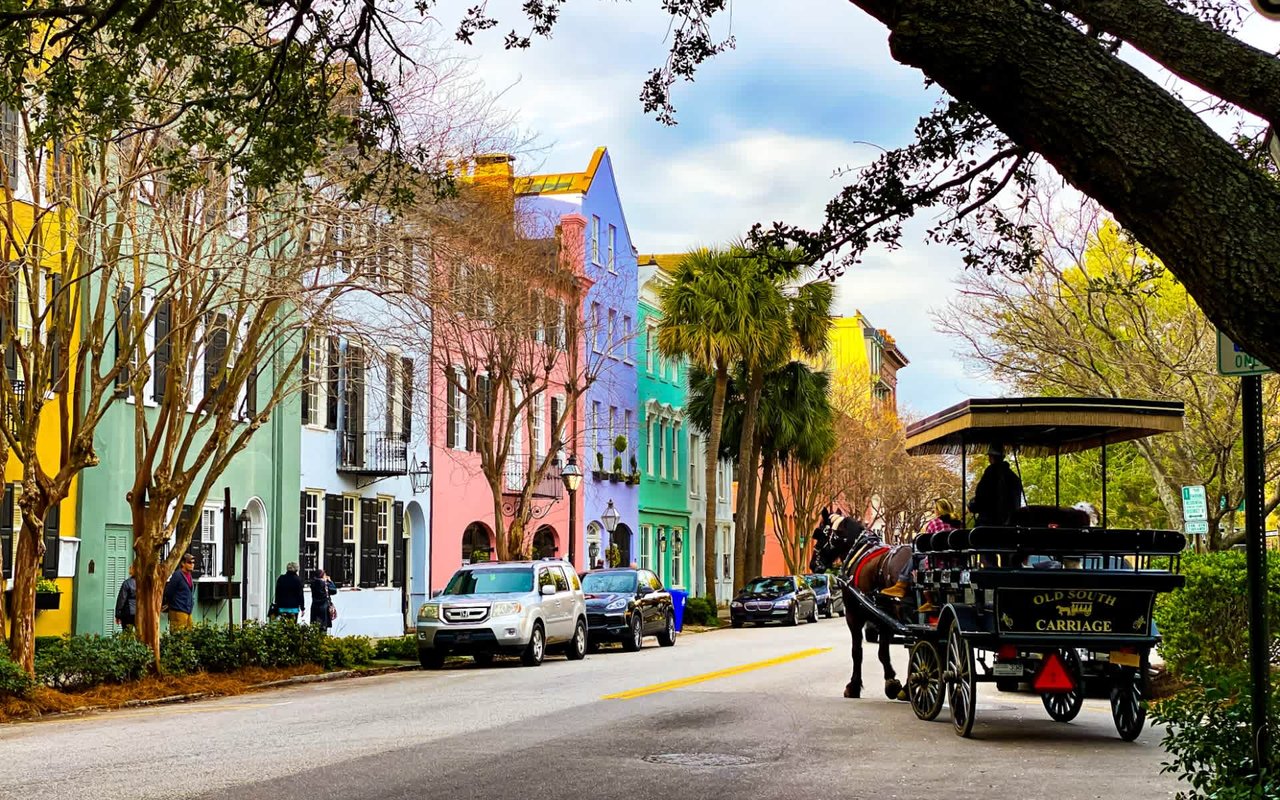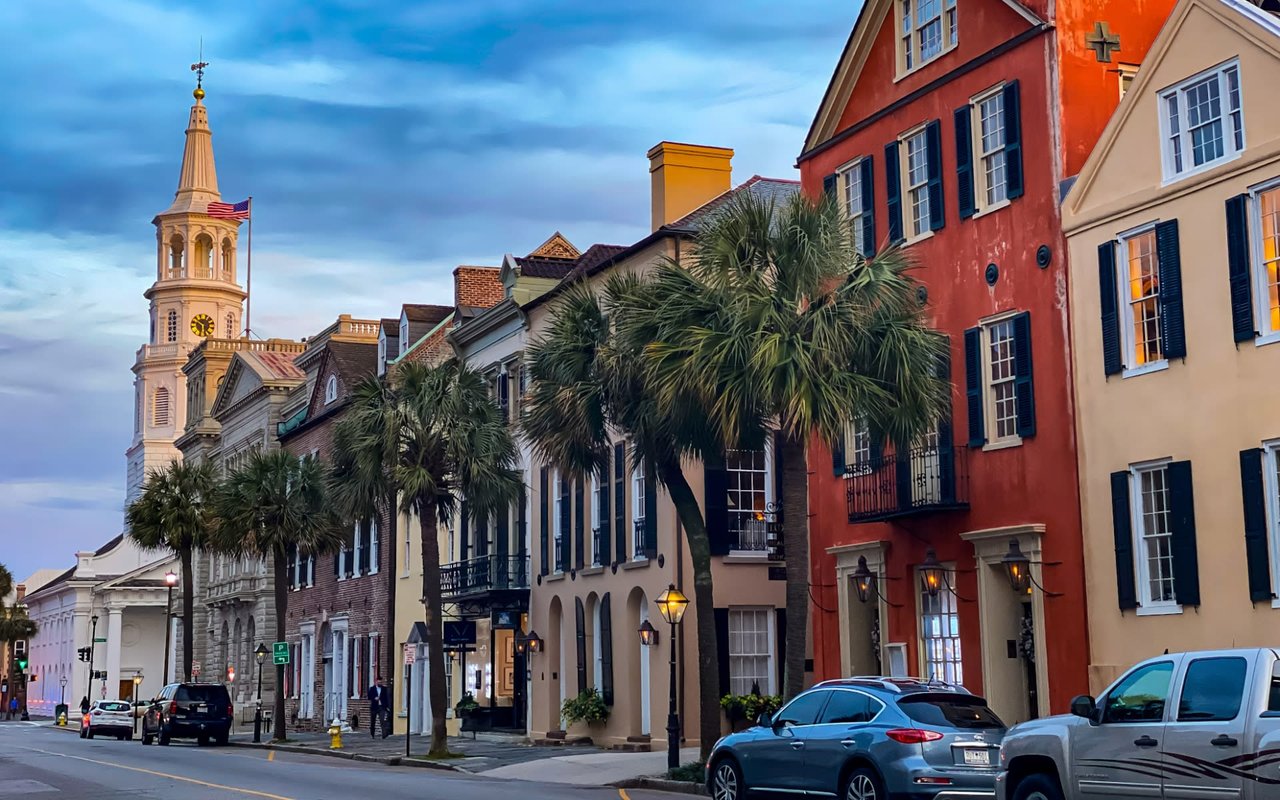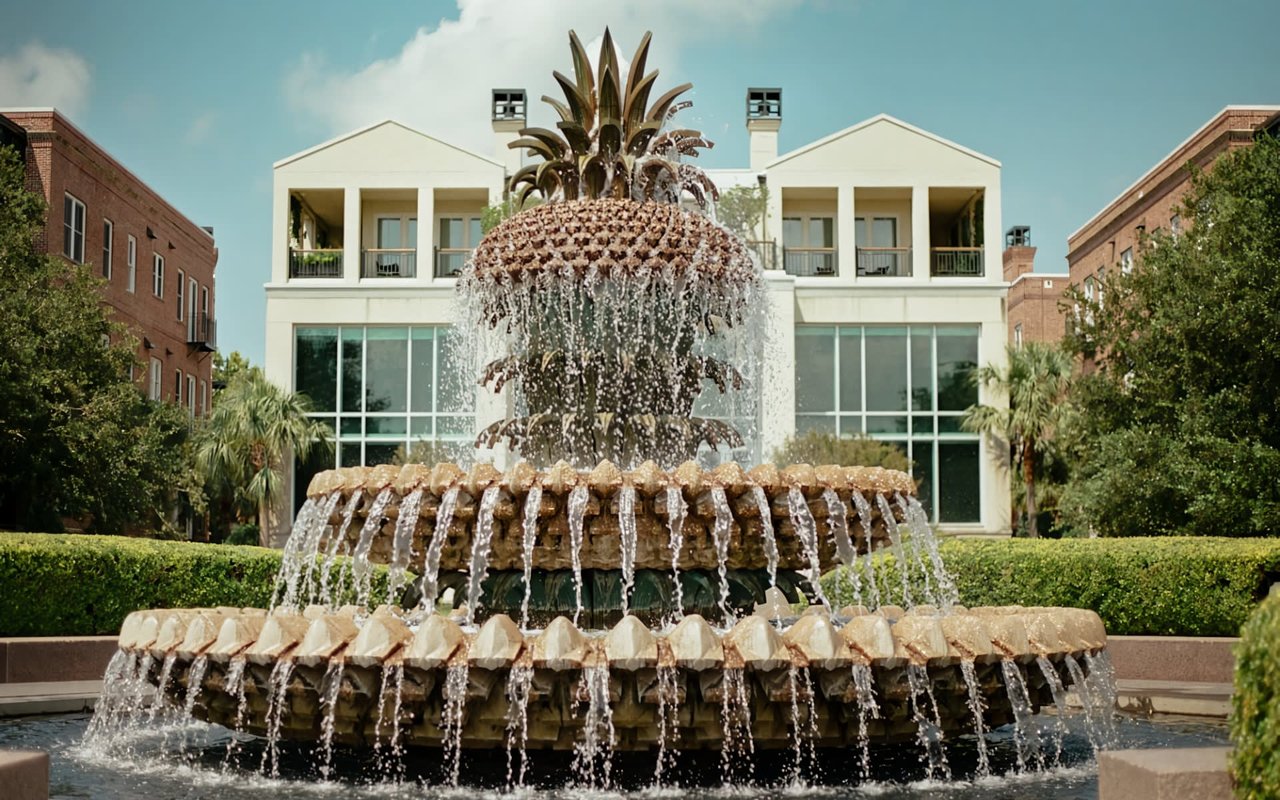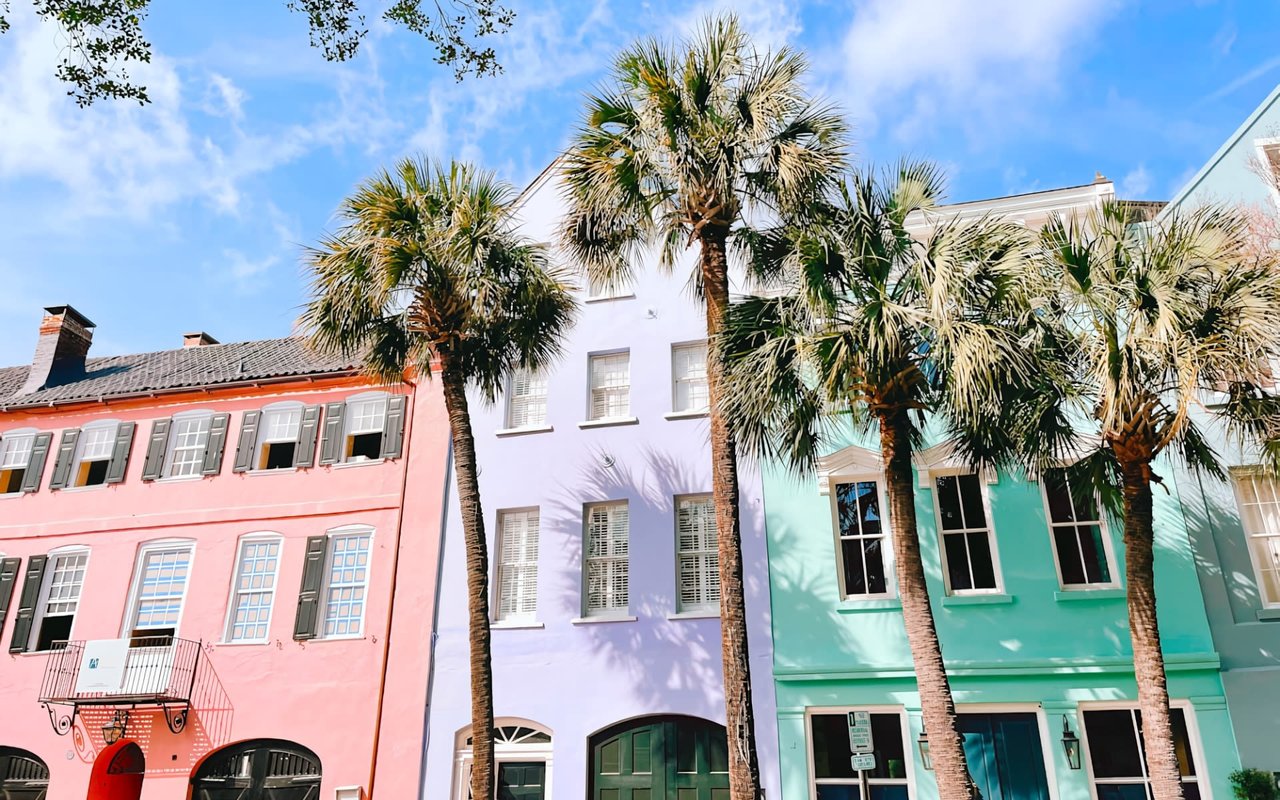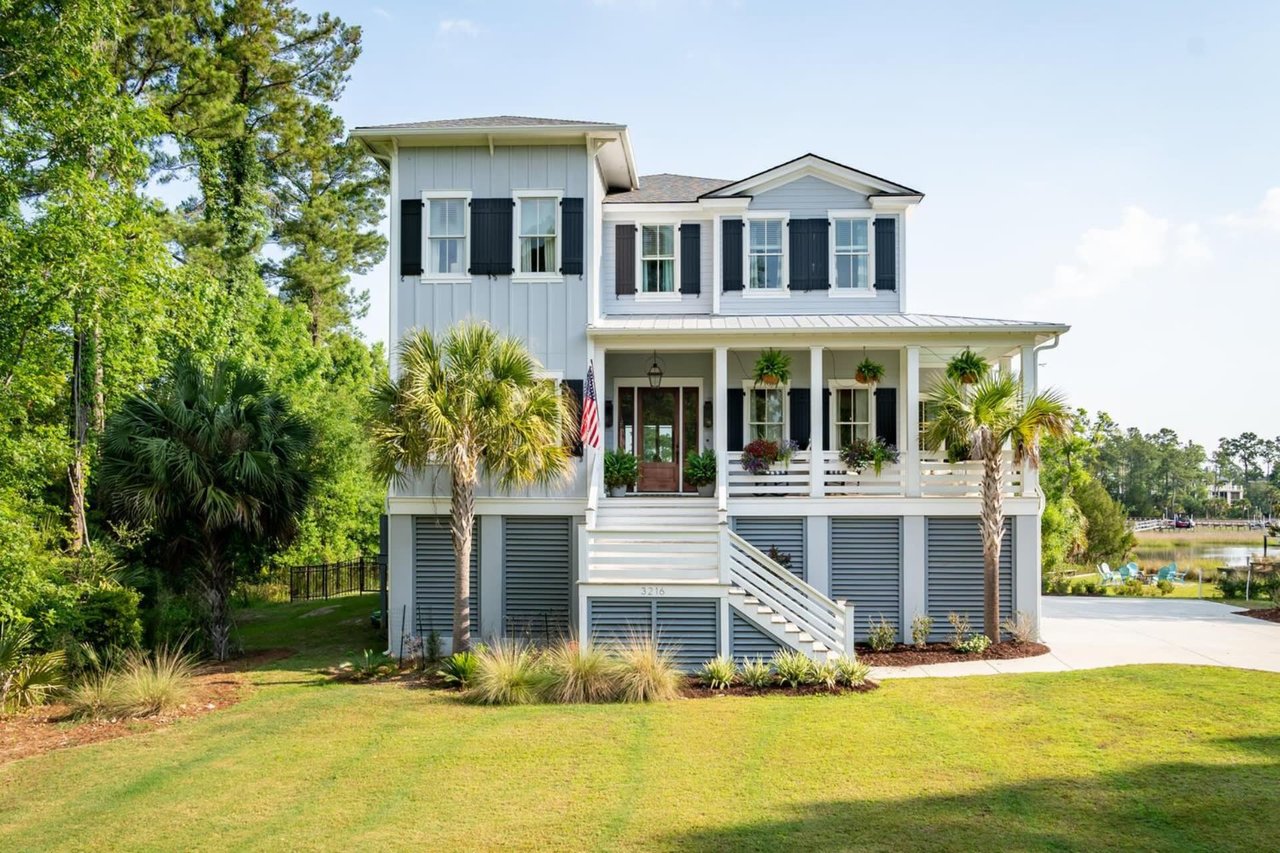Charleston, South Carolina, is a city where the architecture tells the story of a rich and complex history, from its founding in 1670 through periods of prosperity, struggle, and renewal. The city's buildings and structures serve as a canvas that displays a variety of architectural marvels, each adding its unique voice to the narrative of Charleston's past and present.
From the pastel-colored homes of Rainbow Row to the striking outline of the Arthur Ravenel Jr. Bridge, Charleston invites locals and tourists alike to embark on a journey through time. This guide will explore some of the most significant architectural landmarks in Charleston, SC, highlighting their historical significance and the role they play in the city’s legacy.
Rainbow Row
Rainbow Row, an iconic series of thirteen colorful historic houses along East Bay Street, is one of Charleston's most photographed landmarks. Painted in pastel hues, these unique Georgian row houses date back to the mid-18th century and were restored in the 1920s and 1930s. This vibrant stretch is a symbol of the city's resilience and commitment to preservation. Walking past Rainbow Row is like stepping straight into a painting, where history and beauty combine to create a timeless streetscape.
The Charleston City Market
The Charleston City Market, one of the nation's oldest public markets, has been a center of commerce and community since the early 1800s. The market's main building, the Market Hall, was designed in the Greek Revival style and features an open-air shed that leads to a great hall with expansive glass doors and skylights. Today, the market is bustling with vendors selling everything from handcrafted art, collectibles, and home decor to local goods and produce. The Charleston City Market not only serves as a hub of economic activity but also as an architectural landmark that has adapted to the city's needs over centuries.
The Gibbes Museum of Art
The Gibbes Museum of Art, housed in a Beaux-Arts building dating back to 1905, is a cornerstone of Charleston's creative scene. The museum's collection focuses on American art, particularly on works that depict the South Carolina Lowcountry. Through its exhibitions and programs, the Gibbes Museum of Art fosters an appreciation for the region’s artistic heritage and its contemporary artistic expressions. The museum's striking facade and elegant interior are testaments to Charleston’s enduring commitment to the arts.
Joe Riley Waterfront Park
Joe Riley Waterfront Park, named after Charleston’s long-serving mayor, Joseph P. Riley Jr., is a beloved public space that stretches along the Cooper River, long serving as a center of maritime commerce. The eight-acre park is known for its expansive lawns, picturesque pier, and the iconic Pineapple Fountain, a symbol of hospitality that mirrors Charleston's welcoming spirit.
This beautifully designed park offers residents and visitors a place to gather, relax, and enjoy stunning views of the water and the Arthur Ravenel Jr. Bridge. It exemplifies urban planning that prioritizes communal space and access to natural beauty. In 2007, the park received the Landmark Award from the American Society of Landscape Architects.
This beautifully designed park offers residents and visitors a place to gather, relax, and enjoy stunning views of the water and the Arthur Ravenel Jr. Bridge. It exemplifies urban planning that prioritizes communal space and access to natural beauty. In 2007, the park received the Landmark Award from the American Society of Landscape Architects.
Arthur Ravenel Jr. Bridge
Spanning the Cooper River, the Arthur Ravenel Jr. Bridge is an engineering marvel and an integral component of Charleston’s skyline. Opened in 2005, this cable-stayed bridge connects downtown Charleston to Mount Pleasant and is one of the longest of its kind in North America. Its twin diamond-shaped towers and sleek design make it a visually stunning structure, while the pedestrian lane offers walkers and cyclists unparalleled views of Charleston Harbor. The bridge is not only a vital transportation link but also a symbol of modernity and resilience in a city deeply rooted in history.
The Dock Street Theatre
The Dock Street Theatre, America's first building constructed exclusively for theatrical performances, opened in 1736 and was rebuilt in 1809 as the Planter's Hotel. Today, after extensive restoration, the theatre continues to welcome audiences with its Georgian-Palladian architecture and richly decorated interior. The Dock Street Theatre is a beacon of Charleston's creative ambiance, showcasing the city's longstanding commitment to the arts and preservation.
Charleston, SC, is a city where architecture and history intertwine. Here, every corner, every facade, and every cobblestone street tells a story. Its architectural landmarks serve as the chapters of that story, offering insights into the city's past, its triumphs, and its trials.
If you’re ready to start your own story and explore Charleston, SC, real estate, reach out to Katherine Cox for trusted guidance.
Charleston, SC, is a city where architecture and history intertwine. Here, every corner, every facade, and every cobblestone street tells a story. Its architectural landmarks serve as the chapters of that story, offering insights into the city's past, its triumphs, and its trials.
If you’re ready to start your own story and explore Charleston, SC, real estate, reach out to Katherine Cox for trusted guidance.


